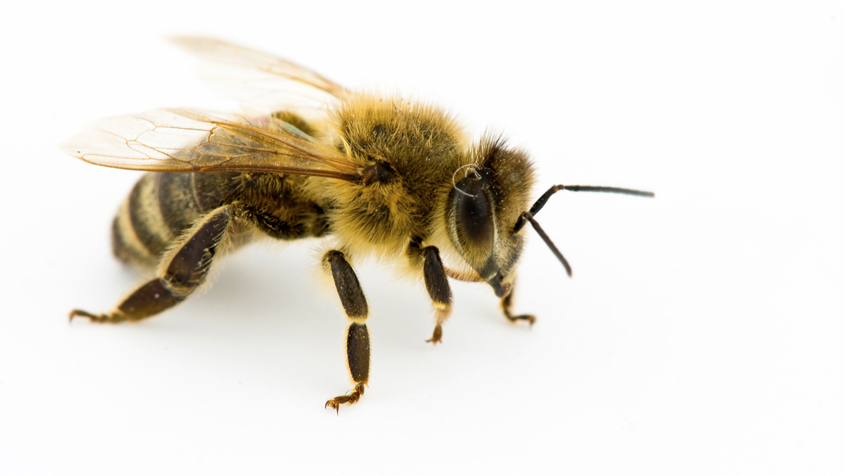
The Agile Manifesto declared that “The best architectures, requirements, and designs emerge from self-organizing teams”. With this one sentence, centuries of command and control management mindset is put to the test. Instead of managers telling people what to do, leaders are now challenged to decentralize decision making, which empowers those closest to the problem to decide how to solve it.
The driving forces behind this paradigm shift are the increasing complexity and accelerating dynamism of today’s markets, technologies, and solutions. No longer is it possible for one “boss” to have all the answers and successfully orchestrate success. Navigating in today’s workplace requires a self-organizing team that cooperates on the work tasks, but can also collaborate on the important decisions.
As an Agile Coach, I routinely see teams struggle with group decision making. It is a two-sided coin flipped with seemingly random results. Sometimes it yields new and innovative ideas born of their collective intelligence, that shining moment when team members make each other smarter. Other times the result is a rehash of tired “once truisms” limited by groupthink, when imagination succumbs to self-censorship and conformity.
As a bee keeper, I get to witness masters at scaled decision making. Honey bee colonies comprising of 40,000 individuals can operate in unison as a super-organism capable of quickly solving life critical problems. This “brain of brains” can aggregate large amounts of complicated data, narrow down options with positive and negative feedback loops, and decisively select and execute the best option.
An observable example of shared decision making in bees is when the colony must relocate to a new hive location. The picture below shows a colony that has just left its previous hive and temporarily swarmed to a nearby tree while it researches and selects a new home. The bees are particularly vulnerable to weather and predators in this situation and only have ~36-48 hours in which to make this move.

The selection process begins with 200-300 strong-flying and risk-taking bees self-selecting for the dangerous task of scouting for new sites. Together these bees might cover 30 sq. miles searching for appropriate sites that address predator safety, winter insulation, summer ventilation, water proximity, and food storage. Each bee only returns when it has found a potential site that meets the colony’s needs.
Once back with the group, the scout bee is eager to share the virtues of the new home its found and communicates direction and distance to it. This positive feedback is transmitted to the colony using body vibrations known as a waggle dance.
The purpose of this advertisement is to recruit other bees to also visit the site. Good sites will trend as positive feedback promotes more bees to visit and more waggle dances.
 However, the bees also incorporate negative feedback in the site selection process. If a bee visits a site and finds it wanting, it will return and head butt other bees advertising that site. This interrupts their waggle dance and discourages recruitment to that site.
However, the bees also incorporate negative feedback in the site selection process. If a bee visits a site and finds it wanting, it will return and head butt other bees advertising that site. This interrupts their waggle dance and discourages recruitment to that site.
Using these simple communication techniques, the colony can compare dozens of sites and execute a dynamic negotiation driven by competing signals. When enough bees are advertising for one specific site, the colony somehow (yes, there is still some magic involved) senses a tipping point and will move en mass to the selected location. In controlled experiments, honey bees can choose the most appropriate site 80-90% of the time. This decision success rate would be the envy of any organization.
Humans are not insects. We have a highly developed sense of self-identity and many find the idea of collective thought repugnant. We say ‘two heads are better than one”, but we struggle with giving and taking the necessary feedback. Our social norms have evolved differently as well. Head butting co-workers as a way to communicate negative feedback would not be well received in most workplaces.
Historically the human condition has not optimized for shared power and decision making, but there is a growing body of research partially documented in Science, Harvard Business Review, New York Times, and Google re:work that proves human teams can access their collective intelligence. Their findings suggest it is independent from individual team member intelligence, improves a team’s problem solving capability, and results in higher team performance.
In my next post, I’ll continue the focus on collective decision making but will address how it relates to small, human teams; the business situations for which it is an appropriate decision making tool; the environmental and structural conditions that must exist for it to flourish; and how individual team member behavior impacts the team’s collective decision making effectiveness.
For a business to remain relevant in today’s rapidly changing landscape, it will value responding to change over following a plan. To know when change is necessary, make timely and informed decisions, and coordinate a directional pivot will determine business livelihood just as it does for bee colonies. Bees accomplish this by thinking and working together. True to the Japanese proverb “None of us is smarter than all of us.”, organizations that decentralize decisions and promote team collaboration will be smarter than their competitors.
By Ross Hughes
